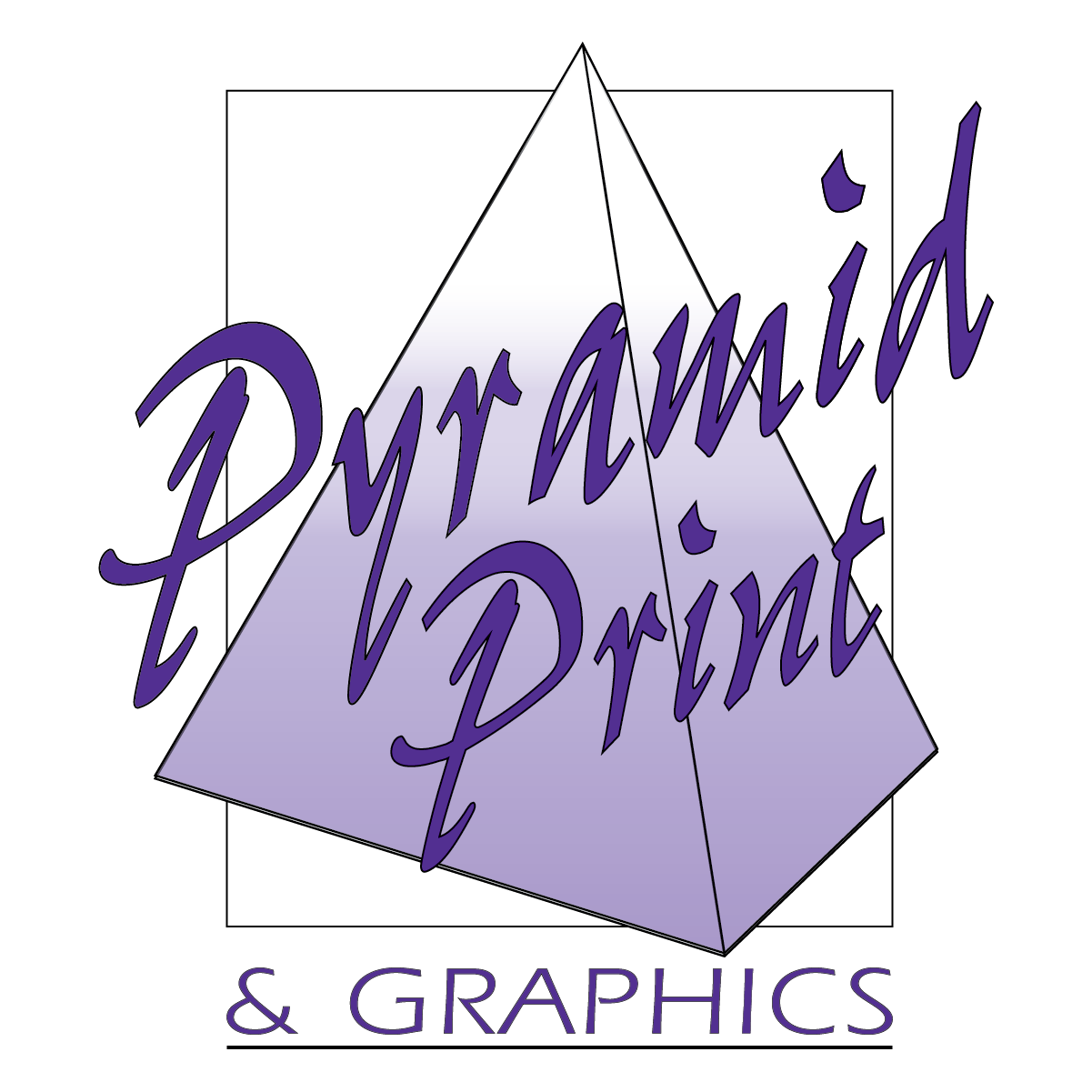Inform
Books & Booklets
Books have been a dependable method of storing and spreading information for centuries. Indeed, books are the main reason we've been able to enjoy advances in science and technology.
The modern world has given rise to computers that store information much more efficiently than physical books. Yet, when the consumer of that information is a human, rather than another computer, pure efficiency is not always the most effective way to get that information across.
There is something special about reading a physical book that digital technology may never capture.
Design
Books and booklets are used to organize and display stores of information that are too large to fit onto a single sheet. Therefore, an effective book design works with the content within it, and more specifically, the information that fills up each individual page, to display it in a intuitive, readable manner.
Sizing
To be practical, each page of a book or booklet has to be large enough to display its content in a readable format. However, in most cases it should be small enough to fit easily into a purse, backpack, or bookshelf.
Material
Many books and booklets will have a front and back cover printed on a thick, solid stock, often using a range of colors and treated with UV coating for added texture and durability. The cover can provide rigidity and structure, allowing the inside pages to be printed on much thinner stock.
Processes
The best method of binding depends on the content and intended use of the book or booklet. For example, the user of an instruction manual will likely want to keep it open on a single page. Spiral binding would be a good option in this case, as a spiral bound booklet will naturally stay open on the current page.Brochures & Newsletters
When designed, printed, and distributed correctly, brochures and newsletters are a great way to initiate and maintain awareness of a brand, product, or concept.
The most common shape and size for brochures and newsletters is 8.5" by 11"—a sheet of common printer paper.
However, with such a simple medium, there is plenty of freedom to get creative with the size and shape.
Design
Brochures are often overcrowded with information, overwhelming prospective customers and clients from the get go. An effective brochure will have all the information distilled down to a few key points and laid out on the page for maximum readability.
Newsletters, on the other hand, do not suffer as much from information overload, as brand awareness has typically abeen previously established to some degree.
Material & Processes
As with anything that is produced in vast quantities, material and process tradeoffs are important considerations to be made prior to a production run.Brochures have the opportunity to create lasting first impression, positive or negative. Thus, higher-quality materials, such as thicker card stock, and additional processes, such as UV coating, can be worth the extra cost.
Charts & Technical
Charts and technical drawings encompass the big picture, the smallest detail, and everything in between.
We can print detailed charts and technical drawings up to a height of 48" with a width that is only constrained by the length of the roll.
Design
We trust that as an expert of your technical field, you know best how to design a chart or technical drawing to your specifications. We will work with you to make sure the final product matches those specs.

